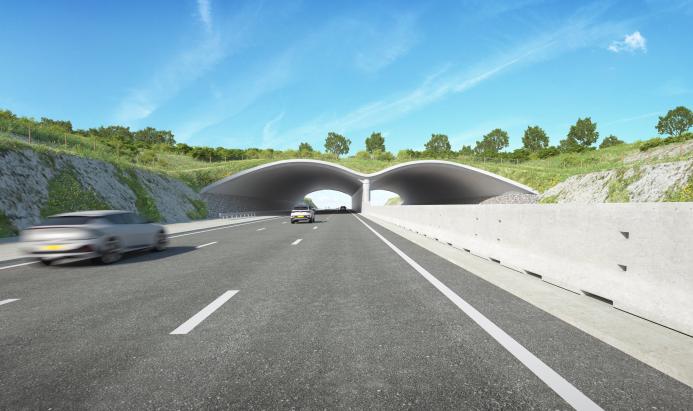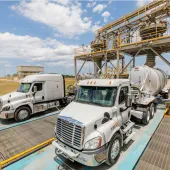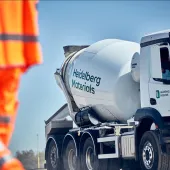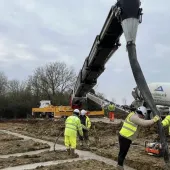Low-carbon prefabricated bridges lead green road drive
Low-carbon prefabricated bridges lead green road drive
New imagery released by National Highways has revealed how the Lower Thames Crossing will set new standards for low-carbon infrastructure, with a particular focus on prefabricated, non-concrete and green bridges designed to minimise environmental impact and visual intrusion.
Among the key innovations is a new generation of prefabricated bridges built offsite using low-carbon methods and components. Designed for rapid installation, these factory-built units help reduce construction time, site disruption and local environmental impact.
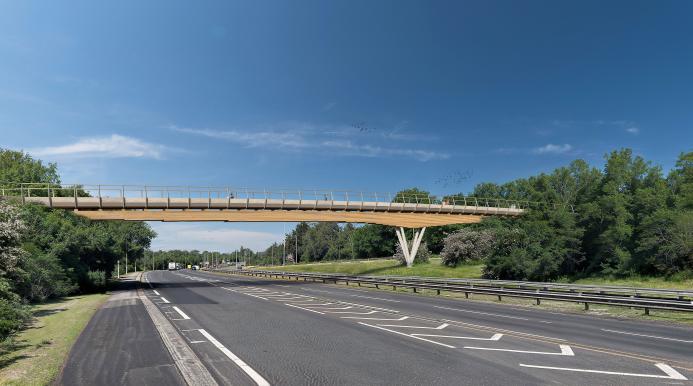
The project will also trial a low-carbon footbridge design that eliminates concrete and minimises steel use. Developed by Arup and Sean Harrington Architects, the new bridge could become a model for future infrastructure—providing safer, greener crossings with a significantly lower embodied carbon footprint.
In addition, the Lower Thames Crossing will feature seven green bridges, more than doubling the current number in Britain. These structures connect habitats on either side of the road and offer safe crossing routes for both people and wildlife. One will be the widest in Europe.
The new 14.3-mile route linking Kent and Essex includes Britain’s longest road tunnel, at 2.6 miles, and will be largely hidden from view. Around 80% of the new road will be either in tunnel or screened by landscaped embankments and mounds, further reducing its visual and ecological impact.
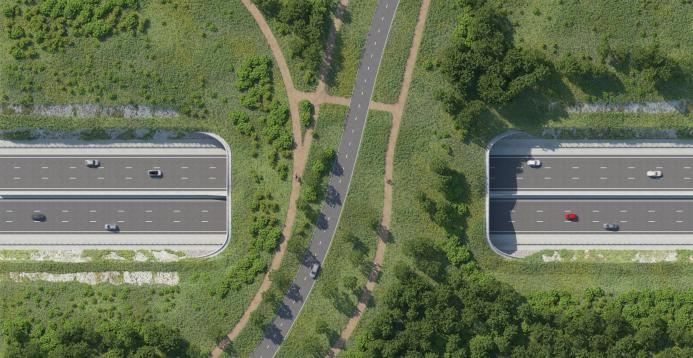
Designed as Britain’s "greenest road", the project will deliver six times more green space than tarmac, including a million new trees, two new public parks, and a new community woodland.
Alongside new gantries using reduced amounts of steel and concrete, the innovations mark a shift in how major roads are delivered—blending design, sustainability and digital manufacturing in ways not seen before on this scale.
Planning permission for the Lower Thames Crossing was granted in March. Construction could begin in 2026, with the road opening in the early 2030s.

